Another dissection of Apple's new cylindrical Mac Pro has once again discovered that despite its unique design, the parts inside the desktop can be easily accessed, repaired or upgraded if need be.
iFixit took its traditional deep look at the latest Apple hardware on Tuesday, offering readers a peek inside the new Mac Pro. While the solutions experts are often critical of Apple hardware for being unrepairable, they came away with a favorable impression of the redesigned Mac Pro.
"For being so compact, the design is surprisingly modular and easy to disassemble," the said, giving the late-2013 machine a "repairability score" of 8 out of 10. "Non-proprietary Torx screws are used throughout, and several components can be replaced independently."
Among those components that can be easily accessed is the RAM, which can be quickly upgraded upon taking the exterior off the Mac Pro. The system's solid-state drive, meanwhile, can be taken from the desktop after removing just one screw.
iFixit also found that the central fan on the Mac Pro, which is key to the device's cylindrical design for quiet cooling, is easy for users to access and replace.
Like a separate teardown that was published last week, iFixit also found that the new Mac pro has a socketed, removable Intel CPU. That means future upgrades of the processor could be possible, though the repair experts noted that it does require "a bit of digging" to access the CPU.
The small design of the Mac Pro means there's no internal room for another hard drive, but Apple has addressed these concerns by including six high-speed Thunderbolt 2 ports on the rear of the machine.
Finally, the teardown also discovered that although the Mac Pro features dual AMD FirePro D300 graphics processors, one of the cards was made in China, while the other was manufactured in Taiwan. This is because the Taiwan-made GPU hosts the slot for the machine's solid-state drive.
"This seems to us like a potential opportunity for expansion — perhaps higher storage configurations make use of two of this variety, for doubling up on SSDs?" they speculated.
The teardown took a look at the entry-level $2,999 model, which features an Intel quad-core Xeon E5 chip running at speeds up to 3.9 gigahertz, 12 gigabytes of 1866-megahertz DDR3 ECC memory, dual AMD FirePro graphics with 2 gigabytes of GDDR5 VRAM, 256 gigabytes of PCIe-based flash storage, and 802.11ac Wi-Fi with Bluetooth 4.0.
 AppleInsider Staff
AppleInsider Staff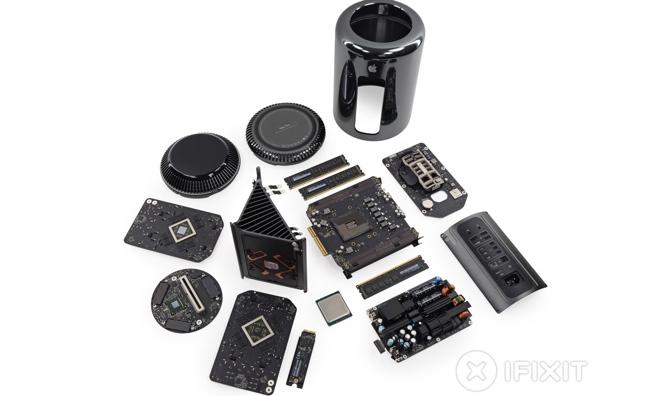
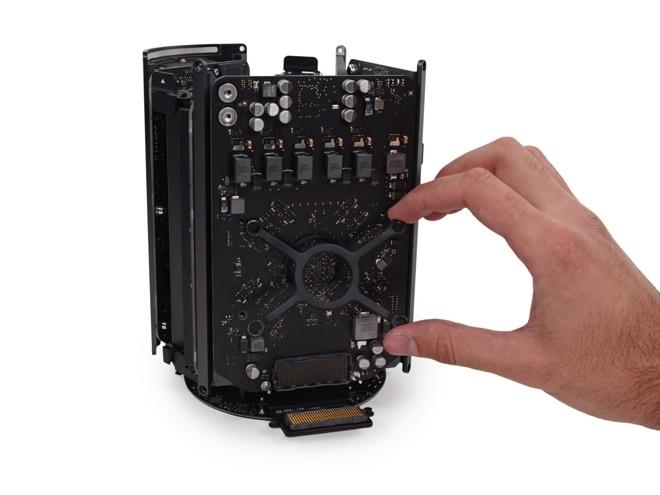
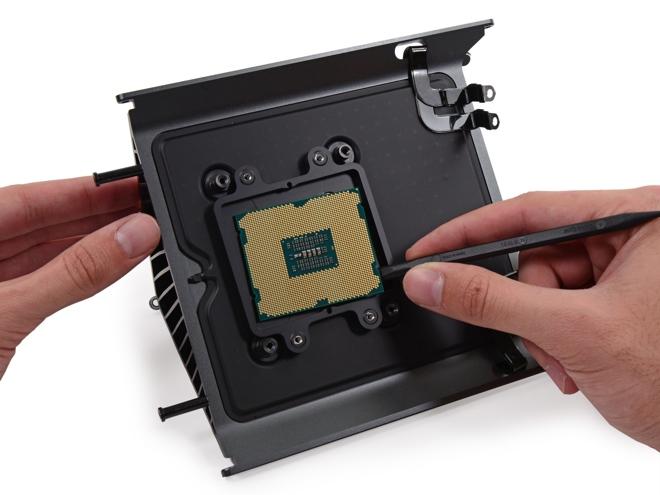

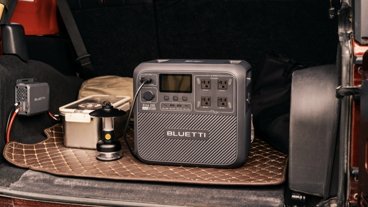


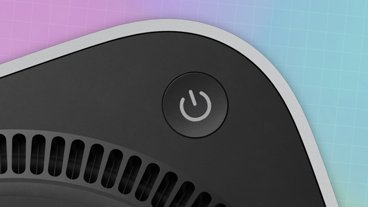


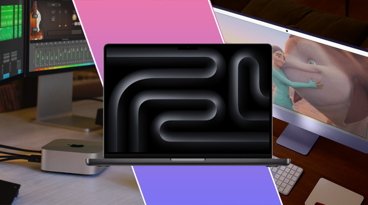






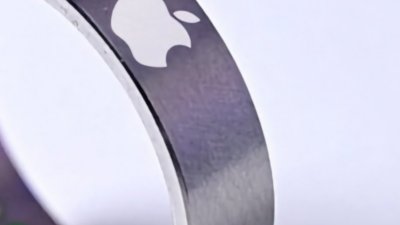
 William Gallagher
William Gallagher
 Chip Loder
Chip Loder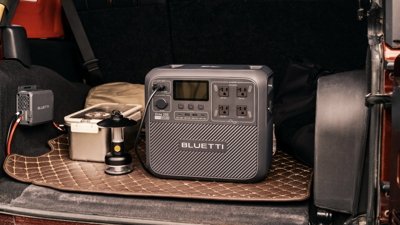
 Sponsored Content
Sponsored Content
 Wesley Hilliard
Wesley Hilliard
 Malcolm Owen
Malcolm Owen
 Marko Zivkovic
Marko Zivkovic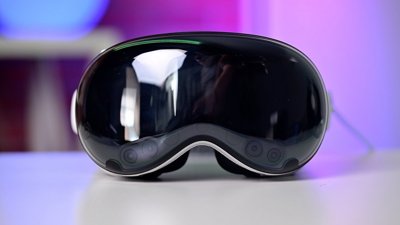






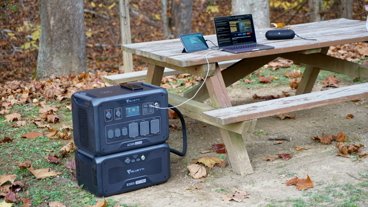

81 Comments
It amazes how they can spend such money to tear down the computer. I understand they want to be able to have a hands on approach to their repairs and I applaud them. Just funny the contrast compared to those who will be buying the machine for professional reasons.
[quote name="Feynman" url="/t/161404/mac-pro-teardown-finds-easy-disassembly-great-potential-for-repairs-upgrades#post_2451866"]It amazes how they can spend such money to tear down the computer. I understand they want to be able to have a hands on approach to their repairs and I applaud them. Just funny the contrast compared to those who will be buying the machine for professional reasons.[/quote] They also send an employee from Califronia, where they are located, to New Zealand (usually) to buy the newest iDevices to strip them down and take pictures in a hotel room the moment they go on sale. This means that employee isn't sleeping for about 24 hours straight between waiting in a line (usually first to arrive) for a store to open to completing the teardown which is uploaded to iFixit at each stage of the process.
iFixit also claims that you can save $1,050 by upgrading the processors yourself ;)
Looking at the two GPU logic boards I wonder if they are interchangeable. The connectors at least look the same. If they are, I wonder if one could use two of the same ones and have dual SSDs. I (peronsally) doubt this is the case but looking only at the connectors it doesn't look like Apple made a clear distinction in the HW connectors.
I'm not seeing any wireless technologies in their teardown. I suspect the same as a commenter on their forum, that it's likely located in the same housing of the fan assembly along with an antenna, something they didn't break down.